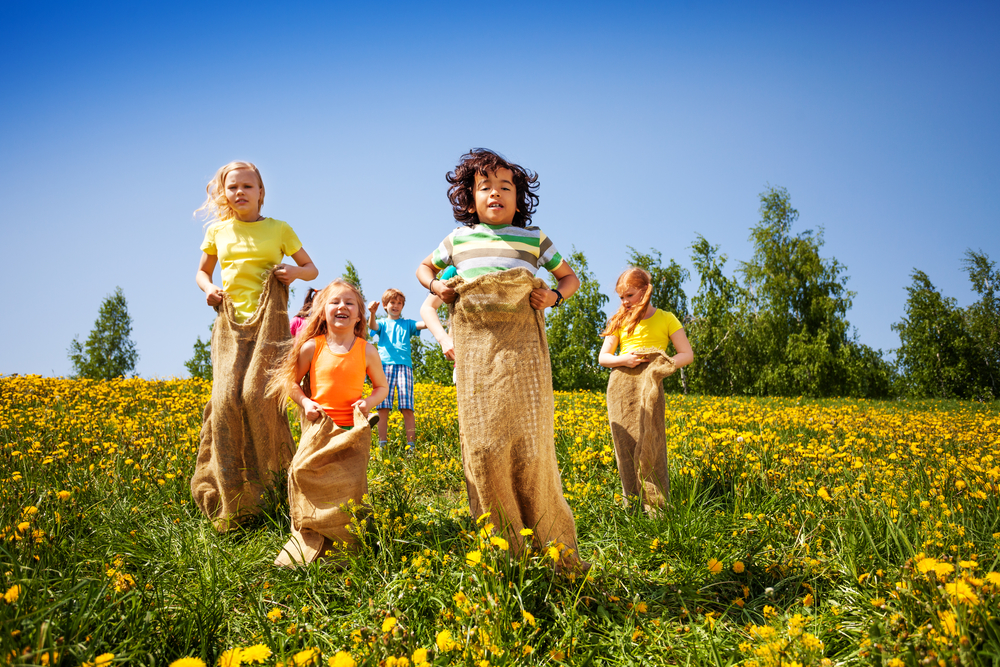Imagine what would happen if you took an animal that was held in captivity all its life and suddenly let it free into the wild. Would it thrive straight away? Probably not. It would spend a fair amount of time scared and at a loss at what to do, gradually adapting to its new surroundings until its innate abilities took over.
This is a good analogy to describe how the rise of free-range play can affect some children. In my opinion, free-range play is great for all children, but not straight away; some need a little help to adapt to their new-found freedom and some children need a little intervention and assistance to help them with the transition.
This intervention can come in a couple of forms. These are peer-led teaching and teacher or mentor-led teaching. For children to become fully comfortable, immersed and gain maximum benefit in the wild environment they need a balance of the two.
Peer-led Teaching
This type of teaching is amazing to watch. It’s when the children teach and learn from each other. Often this is for the more rudimentary activities such as how to climb a tree and how to gather supplies to make things (e.g. mud pies or basic cubby houses). This is usually directed by a more experienced ‘nature’ child. The advantage of this type of teaching is that it allows for experimentation, failure, success, the refining of the simple ideas, problem solving as well as conflict resolution.
The disadvantage of peer-led teaching is that it can remain at a fairly basic level for quite some time and doesn’t usually lead to more technical skills and abilities.
Teacher or Mentor-led Training
This type of teaching is when a child learns from an adult teacher or educator (e.g. making fire at forest school). The advantages of this type of training can include learning more advanced skills such as fire making, knot tying and whittling, allowing for faster learning time and removing unperceived risks out of the equation.
Some of the disadvantages of teacher-led training may include a more rigid approach to learning, no allowance for children to solve their own problems, it can remove some of the fun out of the activity and removing important elements of risk from the activity.
When getting children involved in free-range or nature play the ideal way would be to give them access to a mix of child-led play and teacher lead training. This strategy is becoming easier to implement with the increase in forest schools.
The benefits children can get from free-range play are huge so pursuing this avenue as another form of education for children is highly recommended.
You might also like to read:








